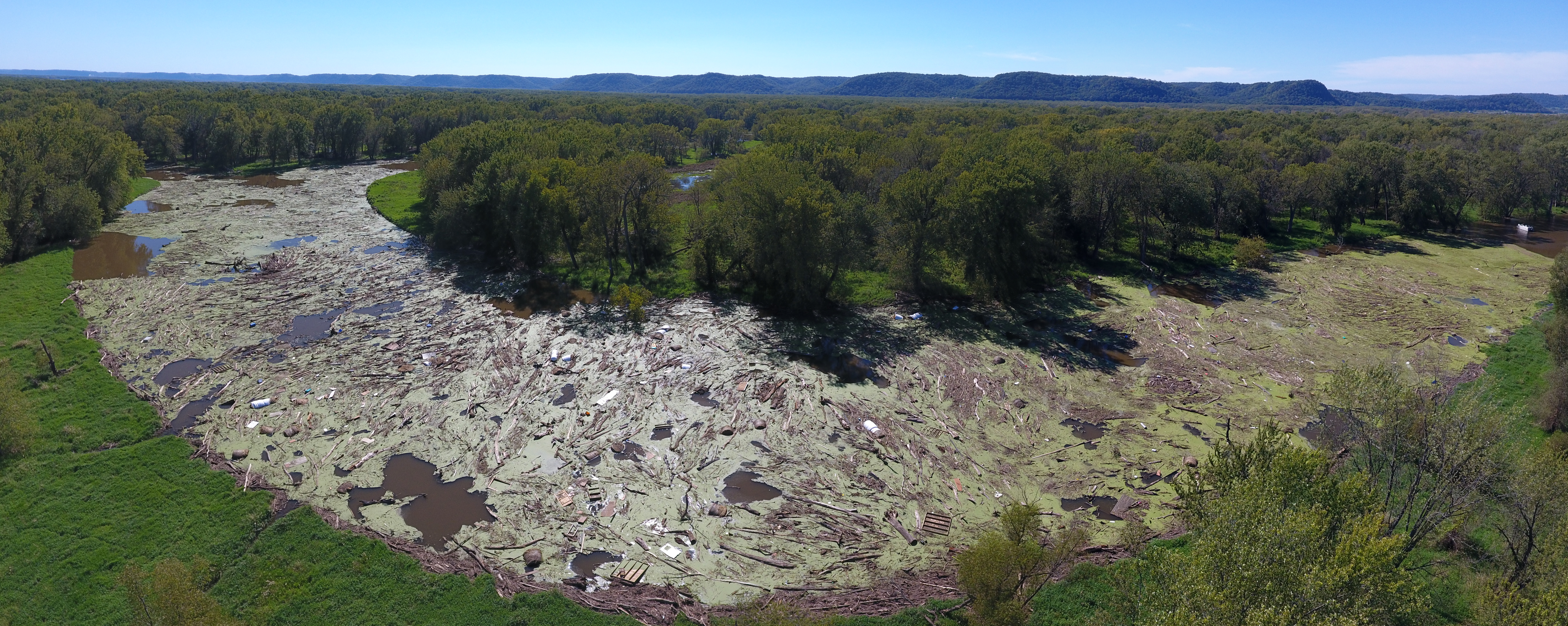
Unique physical and geologic characteristics, human/landscape relationships, and changing climate conditions create complex challenges for Upper Iowa River Watershed residents and resource managers. For better or worse, humans have altered nearly 100% of the UIR Watershed landscape in some way. Some of the most obvious human induced changes include conversion of native prairie, wetland and woodlands to agricultural production. Urbanization, transportation infrastructure development, resource extraction, rural and urban waste management, small and large landscape alterations, and implementation of conservation practices have also changed or influenced the hydrologic system.
Local watershed changes are compounded when combined with changing global climate conditions. Rising temperatures and changing rainfall patterns, in conjunction with local and regional human induced changes are impacting the hydrologic and physiologic conditions of the watershed. At the same time, existing and proposed conservation programs and incentives, as well as an increased public understanding and awareness of watershed function and hydrology, provide opportunities for producers and other watershed residents. This section summarizes the known existing and future challenges and opportunities for the UIR Watershed and its residents.
